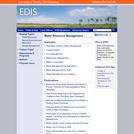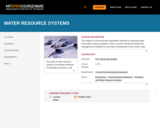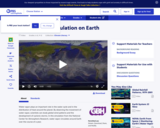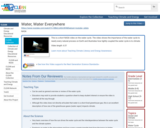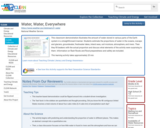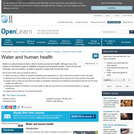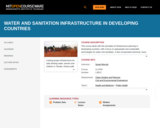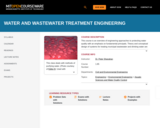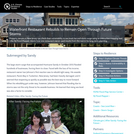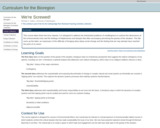SYNOPSIS: In this lesson, students learn about watersheds, how human activities impact watersheds, and what communities can do to keep the watershed healthy.
SCIENTIST NOTES: This lesson allows students to learn about watersheds, their spatial distribution, and the role they play in improving water quality. Students will also learn about ways of protecting their local watersheds from pollution and other harmful human activities. The materials, maps, and activities embedded in the lesson were thoroughly reviewed, and this lesson has passed our science credibility process.
POSITIVES:
-This lesson provides opportunities for social-emotional check-ins so that students can recognize and understand their feelings as they learn about human-caused problems in watersheds.
-Students will work effectively in small groups.
-Students will feel empowered as they learn how to protect their local watershed and educate others about the importance of keeping the watershed healthy.
ADDITIONAL PREREQUISITES:
-Students should be familiar with the water cycle. The following resources can help students who are unfamiliar with the topic:
-Drop: An Adventure Through the Water Cycle by Emily Kate Moon
-Coloring Page: The Water Cycle
-Students should be able to read a map.
-Teacher will need to gather the following items for each small group for the two Crumpled Paper Watershed activities:
-2 sheets of blank paper
-1 spray bottle filled with water
-A black, brown, red, and blue water-soluble marker
DIFFERENTIATION:
-Students can work on the two Crumpled Paper Watershed activities in mixed-ability groups, pairs, or individually.
-You can tailor the written response activity in the Inspire section to suit students’ needs. For example, stronger writers can be tasked with including three or more terms from the glossary in their response.
-In this lesson, students are required to share their written responses with their local watershed council. You can change how students share their written responses. Further, you can require that students share their responses in more than one way (e.g., watershed council, social media post, newspaper article, etc.)
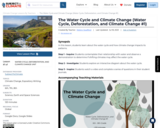
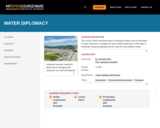

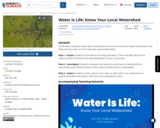
![Water Is Life: Living in Reciprocity with Our Local Waterways (Past, Present, and Future) [Option #2]](https://img.oercommons.org/160x134/oercommons/media/upload/materials/screenshots/materials-course-290599.png)
